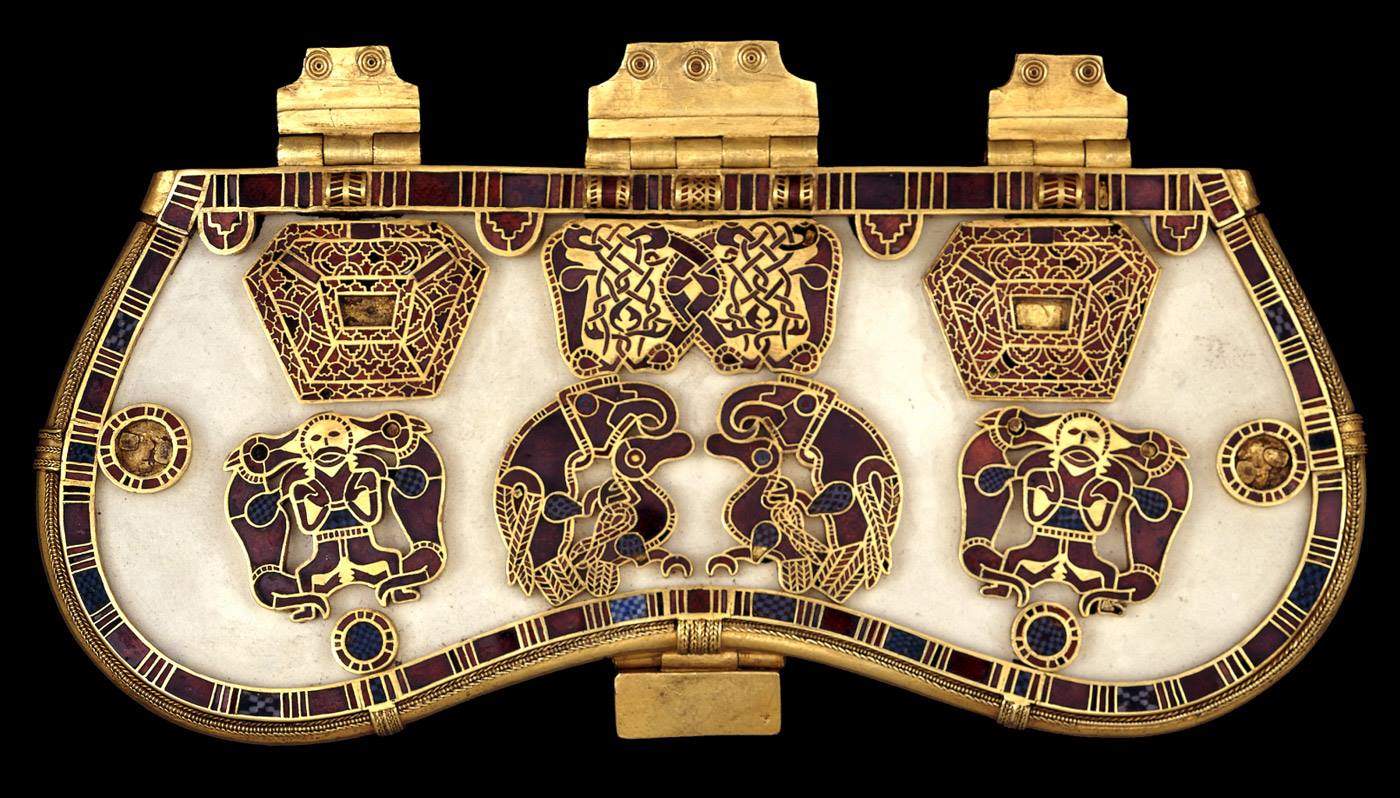War technology from ancient times is so interesting. Metal was scarce and every bend, flange, and lip served a purpose that was learned through death.
You have to wonder how much death is associated to this one helmet.
- How many people died wearing it?
- How many died seeing it on the head of the person who killed them?
I don’t know but I’d guess that with a piece of technology like that back then, it wouldn’t have been just retired and left to just one person before it eventually got lost through the ages.
I don’t know but I’d guess that with a piece of technology like that back then, it wouldn’t have been just retired and left to just one person before it eventually got lost through the ages.
Could go either way! Roman soldiers owned their own equipment, and if their sons didn’t go into the business, there wasn’t much reason to keep it around except as a souvenir or grave good. Soldiers would sometimes write their names in their helmet so they wouldn’t get lost as easily. There were even folk back then who collected arms and armor, just like today. Of course, the Romans, despite being incredibly warlike, were also incredibly industrialized during the Early Empire, so that kind of “This is a mantle piece now” attitude was more viable than in later eras.
My other thoughts in that one helmet was in the horror someone with a loin cloth or some hide armour and a wooden shield would have felt if they saw a hundred of these marching towards them.
It would have been like firing a pistol at an army tank today.

While a lot of Rome’s enemies were complex societies in their own right, one notable example of that is the Germanic tribes in the Early Empire. On one hand, you have Romans with metal helmets and the most complex body armor that would be seen in Europe for a thousand years, all armed with swords, specialized javelins, massive multilayered shields painted in uniform colors, and with their distinctive hobnailed sandals all pounding in horrible unison - a sound that was said to unnerve even well-organized foes.
On the other hand, you have folks to whom iron tools and weapons are incredibly precious, and for all their warlike activities, still have significant amounts (though certainly not a majority) of tribesmen coming out with fire-hardened wooden spears, clubs, and like basic weapons, looking at it like it’s a large-scale cattle raid or the like.
The Germanic tribes would later become more complexly equipped, and certainly had some warrior nobility even at the time who were equipped almost as well as their Roman foes, but Christ, I would not want to be the poor bastard from one of the more backwater tribes going up against that kind of faceless horror of civilization. Twenty-thousand men looking for all the world like exact iron copies of each other, moving like some machine, and, in the practice of the early imperial legions, in near-total silence (ie without chants or war cries or anything that would mark them as human) until just before the melee. Imagine it must have been unnerving even for men who’d seen combat before.
I’m Indigenous Canadian so I grew up not being surrounded by many complex modern things when I was a kid. I remember hearing stories from my grandfather who was born in the wilderness telling me how he saw his first locomotive in northern Ontario when the first railways were built here. And I remember my dad telling me stories of seeing his first aircraft that were flown up here.
It just made me think … imagine how horrified and terrified one must have been if they had spent a lifetime not seeing any kind of technology, let alone metal objects in their lives and come face to face with a mass of iron armour clad men on a hill marching towards you. It’s no wonder the Romans were successful at the beginning … some poor Joe who lived in the bush all their lives who would have seen all this probably just ran the other way as soon as they realized what it meant.



